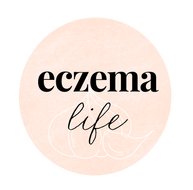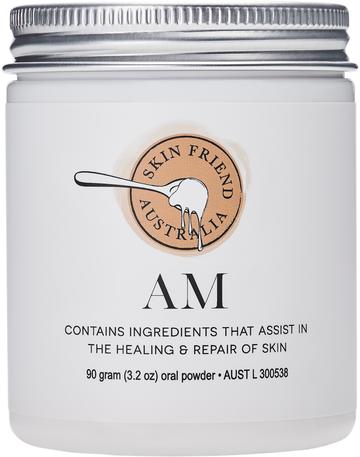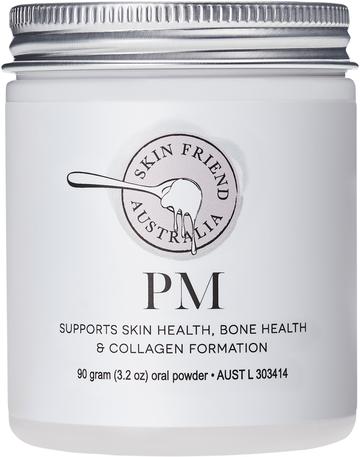Vegan Carob Mylk Easter Eggs (two ways)

The health benefits:

For the Carob Mylk Easter Eggs
Types of sugars you can use
We recommend Maple Sugar for this recipe (NOT maple syrup or other liquid sugars as we found they curdled or separated the mixture). You can find maple sugar from some health food bulk stores or online, however often it's hard to find so here are some alternatives:
- Soft brown sugar (ensure it's fine) - this type of sugar may contain some salicylates so it would not be suitable on a low salicylate program.
- Some people use icing sugar when making homemade chocolate (and it is low salicylate), so that is an option that some people find convenient, but I don't really like icing sugar, and we don't recommend it as a healthy option.
- Make it sugar-free! It actually tastes like dark chocolate without the sugar. Carob is naturally sweet, and with the cocoa butter it is quite lovely without sugar ... this is a great option for people who want to avoid sugar but probably not for children.
INGREDIENTS
- 1 cup cocoa butter or cacao butter (from health food shops... if ordering online, check it is food grade, not the ones used for skin care making)
- 1/2 cup carob powder, (roasted usually works best as it’s darker)
- 2 tablespoons maple sugar (see notes, above, for alternatives)
METHOD:
Add the cocoa butter to a small saucepan and heat it carefully on low to medium heat until it becomes liquid. We used the double boil method which involved using a small saucepan with about an inch of water (or a touch more) and a bowl on top of it to hold the butter away from the direct heat. Not sure if this is really necessary, but it worked well.
Then add the maple sugar and sifted carob powder and mix until almost dissolved. Let it cool slightly and add it to a high-powered blender (or use a stick blender*) and mix until smooth. If you are not using sugar, blending is not necessary. *Be safe and careful not to splash hot liquid onto yourself!
Pour the mixture into the Easter moulds and leave it on the bench to cool down.... don’t refrigerate it yet, as a fast cool-down will discolour the chocolate, so it looks a little white on top. Once it has cooled, pop the moulds into the refrigerator briefly until they are cold and hardened. Once the moulds are firm, you can push them out carefully and store in an airtight container in the refrigerator.
For the Carob Cashew Easter Eggs
Tips
A small amount of PM can be added to these carob eggs if you like. I always add calcium powder (Skin Friend PM) when I bake anything sweet that might be acidic because calcium and magnesium are highly alkalising and create an acid-alkaline balanced recipe. It stops me from adversely reacting to the maple syrup (I don't react to rice malt syrup as it is an alkaline sweetener). The calcium and magnesium are also good for anyone with eczema, TSW, arthritis or psoriasis and other acid-prone conditions, but you can leave it out if you like, as it is an optional ingredient.
INGREDIENTS:
- 1/2 cup of raw cashews
- 2 tablespoons of roasted carob powder
- 1-2 tablespoons of maple syrup or brown rice syrup
- 1/4 teaspoon of real vanilla
- 1 pinch of salt
METHOD:
Place the cashews in a food processor and process until the mixture begins to look like moist breadcrumbs (as pictured). Stop processing and add the remaining ingredients.


Process all ingredients until the mixture is well combined and holds together well (as pictured). Adjust taste if needed.
Roll the mixture into tiny easter egg shapes (this recipe will make 9-10 small easter eggs) and store in the fridge (or freezer for a short period of time to make them really firm).
For the kids, these eggs can be covered with some foil and hidden around the backyard for an Easter Egg hunt.

Products
At Eczema Life, we recommend nutritionist Karen Fischer's low food chemical program (The Eczema Detox) along with additive-free supplements for skin health and wellbeing. Click on the images to view more details:
Recipe food photos by Katie Layland, and recipe by Karen Fischer and Katie Layland




